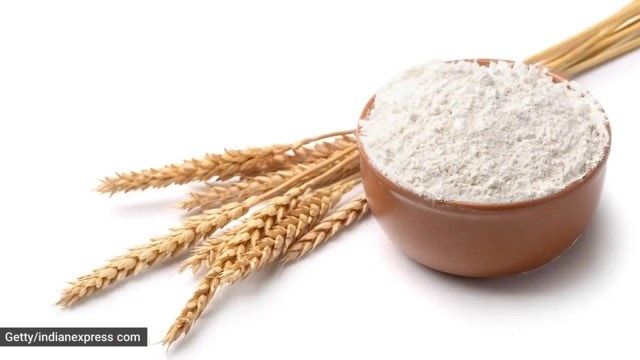📣 For more lifestyle news, click here to join our WhatsApp Channel and also follow us on Instagram
Nutritionist clarifies whether to use freshly prepared or leftover atta dough kept in refrigerator: ‘Wheat is not the villain…’
Store atta in small batches and finish it within a month for best results
 Here's what you should consider (Photo: Getty Images/Thinkstock)
Here's what you should consider (Photo: Getty Images/Thinkstock)Many people often knead extra dough and store it in the refrigerator for convenience. However, nutritionist Shweta Shah shared in an Instagram video that it is an unhealthy practice that releases more gluten into wheat, which can cause digestive issues for many. “Most people think wheat is the problem… but actually, our habits are the problem. The biggest mistake? Making dough in the morning and using it at night or keeping atta dough for 10–48 hours in the fridge,” said Shah.
According to her, when water stays mixed with atta for too long, excess gluten gets released, making rotis stretchy, chewy, and harder to digest. Fresh dough = less gluten release = easier digestion. “One should always make fresh dough and use it within 10–15 minutes,” said Shah, adding that one should avoid storing atta for longer than 15-30 days.
Is there any truth to this claim?
Dt Amreen Sheikh, chief dietitian, KIMS Hospitals, Thane, said freshly prepared dough acts very differently from dough stored for long periods. “When wheat flour stays mixed with water for many hours, the gluten keeps relaxing and expanding. This makes the dough stretchy, rubbery, and harder for the stomach to break down. Fresh dough, however, forms a softer structure with less gluten release. The result is rotis that are lighter, easier to digest, and less likely to cause bloating or heaviness after meals,” said Sheikh.
Does stale atta dough affect digestion or gut comfort?
Yes, affirmed Sheikh. “Dough stored for too long, whether outside or in the fridge, may ferment or turn slightly acidic. This can lead to problems like gas, acidity, and discomfort after eating. The gluten structure also becomes tougher over time, which may cause the gut to work harder than necessary. People who often say that wheat ‘doesn’t suit them’ may simply be reacting to stale dough rather than to wheat itself,” Sheikh shared.
 Are you eating freshly prepared rotis? (Photo: Freepik)
Are you eating freshly prepared rotis? (Photo: Freepik)
Are there nutritional differences between fresh atta and atta stored for weeks?
Fresh atta keeps its natural oils, aroma, and nutrient profile. “When it sits too long, especially beyond 15 to 30 days, these oils may oxidise, reducing their freshness and nutritional quality. Freshly milled atta has higher antioxidant levels, better flavour, and improved texture. Using it quickly ensures you get the full benefits of fibre, minerals, and B vitamins,” said Sheikh.
View this post on Instagram
Tips to ensure soft rotis and better digestion?
*Prepare the dough fresh and use it within 10 to 15 minutes.
*Choose older wheat varieties like khapli or sharbati, which many people find gentler on the stomach.
*Add a teaspoon of oil to the flour before mixing water to coat the grains and reduce excessive gluten development.
*Store atta in small batches and finish it within a month for best results.
*Avoid keeping dough in the fridge for long hours, as it changes texture and taste.
DISCLAIMER: This article is based on information from the public domain and/or the experts we spoke to. Always consult your health practitioner before starting any routine.
📣 For more lifestyle news, click here to join our WhatsApp Channel and also follow us on Instagram



- 01
- 02
- 03
- 04
- 05
























